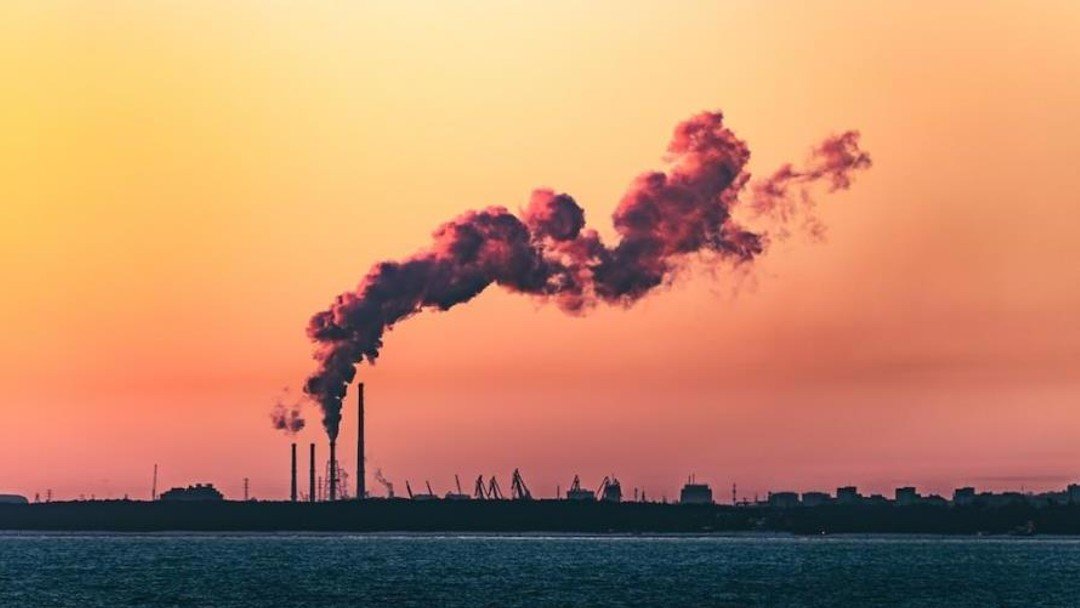Climate change: class actions for a greener future

By Tom Davey
Tom Davey explores how climate litigation can accelerate the path to net-zero emissions
Many companies are actively striving to combat climate change and hit the target of net-zero emissions by leveraging scientific advancements and technological innovation, primarily through clean energy production.
While industry has traditionally been a major contributor to greenhouse gas emissions, it is poised to play a pivotal role in resolving this issue by offering solutions and mechanisms.
The speed of change and the rapid roll-out of green energy and transportation may surprise cynics, who have rightly been suspicious of past promises for improvements but are now seeing signs of change for the better.
Environmental actions
However, climate change is arguably affecting many communities already and has a disproportionate effect on the world’s poorest people. Their plight is often under-reported, while headlines are grabbed by events affecting Western countries, such as the recent wall-to-wall coverage of smog engulfing cities on the US East Coast, posing a major health risk to 98 million Americans as smoke from hundreds of Canadian wildfires blanketed the region.
It is yet to be seen whether, under their own steam and without serious external pressure, governments and environmental bodies will bring about reform quickly enough to save vulnerable countries from the worst effects of climate change. As such, litigation may prove a useful tool to help bring about effective change by bypassing political channels and forcing polluters to pay compensation for their actions and alter their behaviour to avoid such punitive financial consequences in the future.
There has been a long history of environmental actions being successfully run, such as the class action on behalf of more than 30,000 residents of the Ivory Coast following commodities firm Trafigura’s offloading of toxic waste in the port of Abidjan in 2006. Trafigura paid out over $46 million in compensation as a result of the action, with the sum ordered to pay seen as a powerful deterrent against such illegal pollution for both Trafigura and other operators handling toxic waste.
A similar class action was successfully brought against Union Carbide following the Bhopal disaster in 1984, in which more than 500,000 residents of an Indian region were exposed to highly toxic gas following a chemical accident at a pesticide plant. The lawsuit resulted in Union Carbide being ordered to pay $470 million in compensation to those victims affected by the gas release.
While both the Trafigura and Bhopal cases were very much after the event, brought once the damages could be demonstrated to flow from the event and liability could be established, they proved highly significant as milestone litigation events against major multinationals, albeit at a localized level.
In the absence of serious political action to address the problem, class actions against the offending companies can be an effective and powerful tool in the charge towards net-zero emissions and a widespread, wholesale environmental cleanup, due to the "polluter pays" concept in many jurisdictions. Last year, the Grantham Research Institute’s annual report looked at global trends in climate litigation and found that 2,000 climate-related lawsuits have been started since 2015, with over a quarter of those filed since 2020, suggesting a continuation of the trend.
The two-fold benefit of such actions allows affected communities to receive compensation, while polluters are deterred from future environmental breaches by the financial impact of such pay-outs on their balance sheets, and – for those companies which are listed – on their share prices by extension. This year’s Grantham Research Institute report showed that climate litigation had a deleterious impact on the share prices of big polluters, whose market capitalisation dropped in the wake of news of suits being filed, as well as following verdicts against the companies at the conclusion of trial.
Multinational claims
With water companies facing the UK’s first environmental class action over sewage pollution in rivers, the defendants face the prospect of paying significant sums in compensation, in line with previous successful class environmental class actions brought in British courts.
Despite water companies’ apologies for dumping billions of litres of sewage into UK rivers and their pledges to invest £10bn to reduce waste outflows, inertia continues to hamper progress at both commercial and political level. News that the government’s storm overflows taskforce – set up in the wake of revelations about the scale of sewage dumping in Britain – has met only once in the last year belies ministers’ promises to urgently tackle the issue, meaning there is little impetus on water companies to clean up their act anytime soon.
The atmosphere in which water companies operate is already febrile, with firms such as Pennon causing outrage for making sizeable dividend payments to shareholders and paying large bonuses to executives despite the burgeoning scandal of sewage dumping around the UK.
While localised campaigns and lawsuits still play a key role in bringing polluters to book, the wider ambition of climate litigation is shifting increasingly towards tackling global issues and taking on the biggest multinational climate culprits who operate in multiple jurisdictions around the world.
Bringing such actions comes at a steep cost, as these international litigations are likely to face a number of challenges including proving causation and liability, which can be more challenging on a global scale. The fact that many of the world’s largest polluters are operating in Asia is another hurdle for claimants, where bringing claims can be fraught with difficulty due to unique jurisdictional obstacles.
Rather than looking for a showstopping global win, perhaps litigators are better served chipping away on a local level to generate change by sheer volume of actions brought against offending firms.
For example, a class action was launched in May against Delta Airlines claiming that the company misled consumers by marketing itself as carbon-neutral in its advertising, despite allegedly not living up to its promises. The suit came shortly after the Dutch carrier KLM was sued in April for alleged ’green-washing’ in its advertising campaigns.
When it comes to litigation on a more macro level in relation to anthropogenic climate change, the science may be settled in the minds of many people, yet it is nevertheless challengeable by defendants, posing an obstacle to claims brought by litigants.
Another issue faced by claimants is whether the effects of climate change have been severe enough to warrant compensation, and – if so – whether direct causation by a defendant can be sufficiently established.
Local action for global impact
Top-down approaches can sometimes be heavy-handed and ineffective, particularly with cross-jurisdictional action running up against countries’ domestic political and economic considerations. There are times when a focus on local action can effect change on a bigger scale. For example, the air pollution crisis in 1950s London led to significant and long-lasting change through legislation.
Likewise, China’s own experience of smog in its large cities has led to a massive adoption of electric cars on a scale not yet replicated in the UK, with more than one in five new vehicles sold in China being fully electric. Yet as these vehicles solve one problem, the manufacturing and recycling of their batteries which are made from environmentally toxic materials, creates another. This will may even prove a potential battleground for environmental actions as we see an increasing shift towards electric vehicles in the UK and Europe. For example, the mining industry, no stranger to charges of environmental damage, may well come under the spotlight but not for dirty fuels this time, but for the damaging extraction of metal ores used by the green manufacturing sector.
While commercial interests power companies’ decisions to pivot towards consumer demand for greener products and solutions, strong localised climate and environmental litigation can play its part in forcing more recalcitrant firms to change for the better as well. Such actions could also make sure that new technologies, vaunted for their green credentials, do stand up to scrutiny and are truly environmentally-friendly rather than swapping one form of pollutant for another.
Tom Davey is cofounder and director of Factor Risk Management Factor Risk Management factor-risk.com
